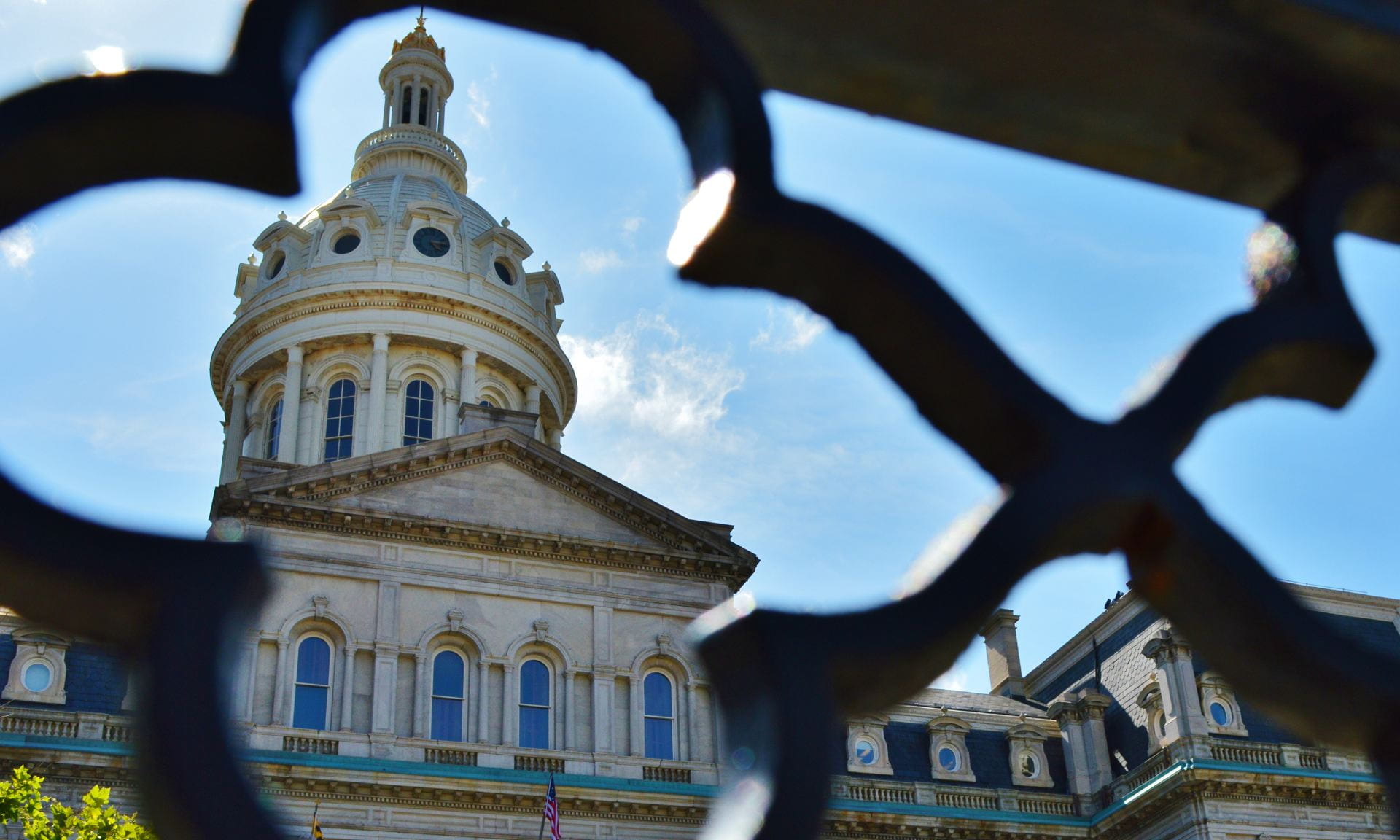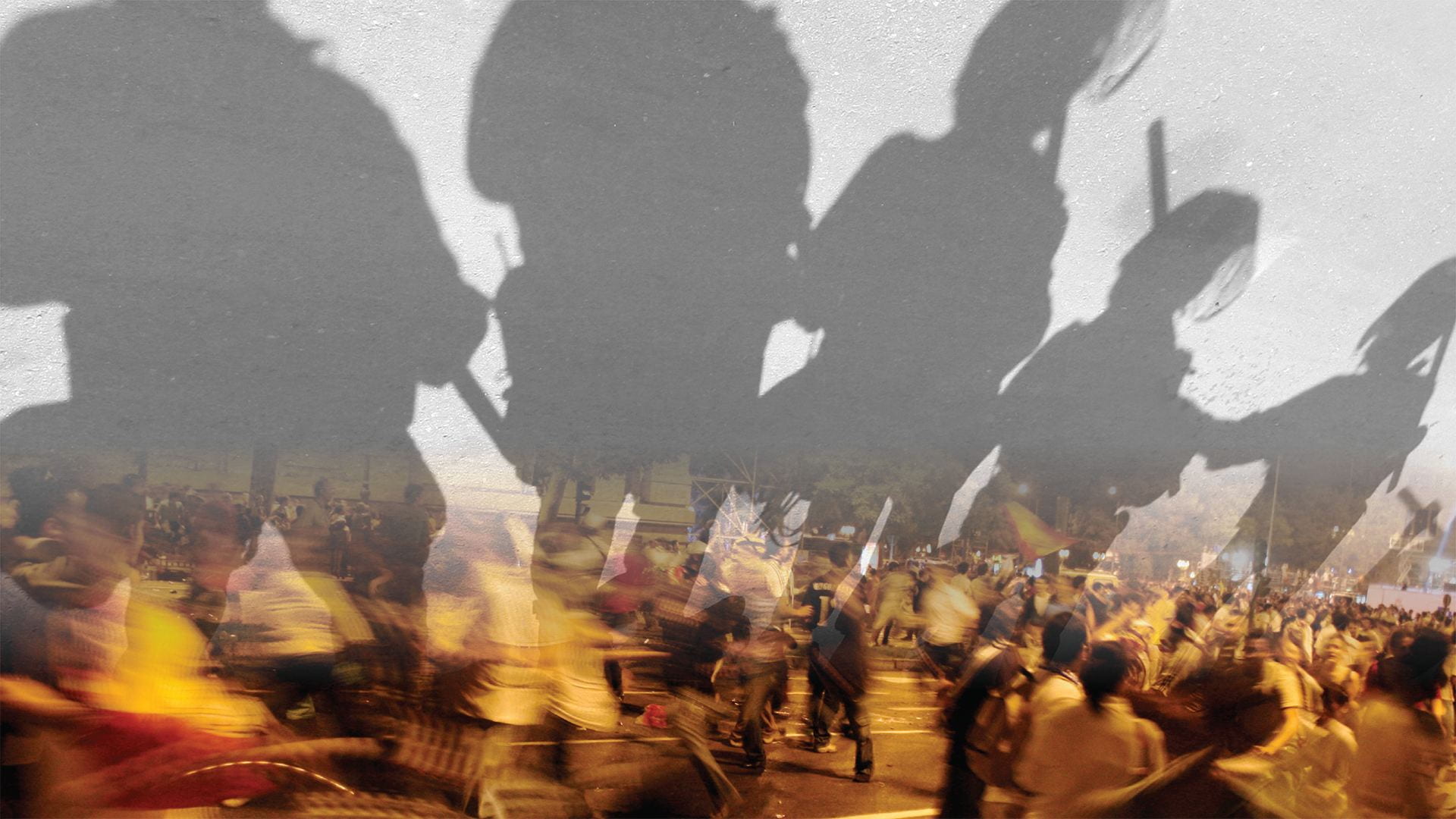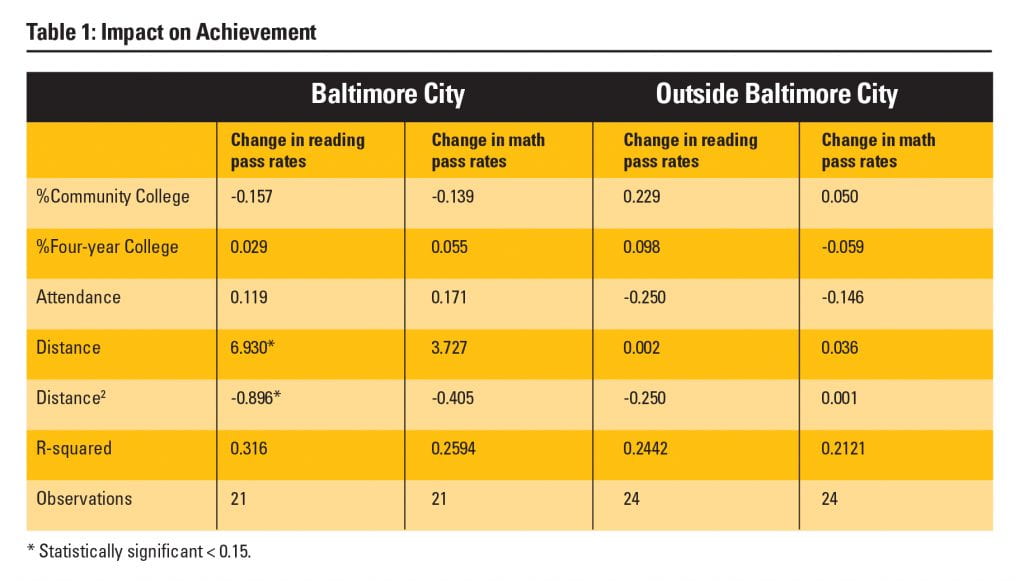Melissa A. Groves, Ph.D.
Associate Professor, Department of Economics, Towson University
Ryan Hor
Towson University ‘19
Nearly fifty years after the Civil Rights Movement, and twenty-five years after the riots and extreme civil unrest in Los Angeles, the United States started facing more heavily publicized and more frequent cases of sometimes fatal mistreatment of minority groups in urban areas. The largest of which took place in Ferguson, Missouri, a small town of concentrated poverty in the northwest area of St. Louis. Here, the murder of Michael Brown, an unarmed African-American man spurred massive riots in the city of St. Louis for weeks. Baltimore would soon face a similar tragic event, the murder of Freddie Gray. On April 12, 2015, a man named Freddie Gray from Sandtown-Winchester, a small area in the city of Baltimore, died as the result of injuries sustained while being transported in a police vehicle. When fit into the social narrative of the time period, this was the event to revolutionize the people living in the city.
Important to the discussion of civil unrest in Baltimore is the representation of current and past police action. As is a common theme around the country in urban areas and cities, young minority males are the most at danger and in Baltimore, young black males are disproportionately targeted and arrested for drug related offenses when compared to white peers. Buozis (2018) suggests that the history of the black community perceiving themselves to be targeted by police undoubtedly led to the massive protests thereafter. In Baltimore, the growing distrust between the black community and law enforcement was a significant cause of the violent protest and riots in the city as well as the murder of Freddie Gray.
Our results indicate one of two possibilities; that sufficient schools in Baltimore City responded over the year post civil unrest effectively to counter the negative impact, or students the most negatively impacted by the unrest dropped out.
Using data collected on children aged 5-17 living in the inner city of Chicago, Sharkey (2010) finds that African-American children exposed to violence prior to both math and reading testing scored between a half and two thirds of a standard deviation lower than their peers exposed after completing the exams. Looking at the Beltway Sniper attacks in October 2002, Gershersen et. al. (2015) document that exposure to these attacks resulted in a five to nine percentage point decrease in test scores for third to fifth graders – similar in magnitude to ten unscheduled snow days. The recent work by Gershenson and Hayes (2018) attempts to decode the consequences of civil unrest in Ferguson and find that after the shooting, the number of below basic scores in math doubled and reached almost 17% of the student population, and that an increasing number of the students who fell into the below basic category in terms of achievement were black. They also tied these falling scores to attendance and noted the significant falling attendance predominantly within the black community. These negative effects were also short lived, erased predominantly within one year of event, and suggest that an increased effort to reverse the damage by both schools and parents mitigated some of the impact from the event itself.
Decades of research document that human capital allows people to make themselves more valuable and employable in the labor market (Angrist and Krueger, 1991; Ashenfelter and Rouse, 1998). If civil unrest prevents or reduced the possibility of the growth of human capital through education, then it can have an impact on the future outcomes of the students affected by these events.
This paper uses standardized public school testing data in Language Arts and Mathematics surrounding the arrest and death of Freddie Gray. To compare both distance from unrest and how race may mitigate the impact, we focus on three areas: Baltimore City, Prince George’s County, and St. Mary’s County. We consider a simple linear regression model to explain changes in assessments between the 2014 academic year (prior to civil unrest) and 2016 the academic year (after civil unrest):
Changes in reading pass rates = β0 + β1 %Community College + β2 %Four-year College + β3 Attendance + β4 Distance + β5 Distance2
Changes in math pass rates = β0 + β1 %Community College + β2 %Four-year College + β3 Attendance + β4 Distance + β5 Distance2
where Changes in reading pass rates and Changes in math pass rates are the changes in reading and math pass rates for each school between 2014 and 2016, %Community College is the percentage of graduating seniors from the school that pursue higher education through a community college or two year educational program, %Four-year College is the percentage of graduating seniors from the school that pursue a four year college, Attendance measures average attendance for the academic year, Distance is the distance in miles from civic unrest in downtown Baltimore and the polynomial is included to evaluate nonlinear effects. These models are run separately for schools in Baltimore City as there is no a priori assumption of marginal effect consistency between counties.
Results presented in Table 1 suggest that farther distance from civic unrest results in more improved readings scores. The findings are only statistically significant for inside Baltimore City, as anticipated, and indicate that on average, each mile closer to the unrest decreases scores by almost seven points. For schools beyond the city limits, even those with a higher percentage of African American children (Prince George’s County compared with Saint Mary’s), the effects were smaller in magnitude and statistically insignificant.
In our second test, we examine the effect of proximity to the unrest on the likelihood of falling math test scores. Contradictory to our expectation, we find that each mile farther from the civil unrest increases the log likelihood of falling math test scores by 5.8% between 2014 and 2016. We believe that our results indicate one of two possibilities; that sufficient schools in Baltimore City responded over the year post civil unrest effectively to counter the negative impact, or students the most negatively impacted by the unrest dropped out.
In our third test, we investigate how distance influence the likelihood of the dropout. We find subtle empirical support that schools located a greater distance from civic unrest had lower dropout rates and hence suggests that closer proximity to civil unrest resulted in higher dropout rates.
Conclusions
The economic literature overwhelmingly finds that education is the strongest determinant of success in the labor market as measured through wages or earnings. If civil unrest disproportionately disrupts educational success of minority children, it creates roadblocks for future opportunities in the labor market. Enter Baltimore City, who frequently finds its school system on the list of worst performing districts in the nation with more than forty percent of their schools being labelled as ‘chronically low performing’. In addition, an astonishing 90 percent of Baltimore City Public School children, who are predominantly minority students, consistently scored low on standardized tests (Green 2011). For these reasons, it is of critical importance to understand if Baltimore City school children are disproportionately harmed and at an educational disadvantage because of civil unrest and if so, programmatic changes in communities and schools can be developed to lessen the negative impact.
This study looks to evaluate the educational impact of civil unrest on children in Baltimore City. Using data from Baltimore City along with Prince George’s and Saint Mary’s counties, we find that students living in close proximity to civil unrest face a short run negative impact from civil unrest that is not shared by peers living farther from the events. We hope that these findings can help to extend the discourse on the significant and disproportionate impact of civil unrest.
References
Angrist, Joshua D. and Alan B. Krueger. 1991. “Does compulsory school attendance affect schooling and earnings”, Quarterly Journal of Economics 106: 979 – 1014.
Ashenfelter, Orley and Cecilia Rouse. 1998. “Income, schooling and ability: evidence from a new sample of identical twins”, Quarterly Journal of Economics 113: 253 – 284.
Buozis, M. 2018. “Bizarre Dissonances in Baltimore”: Class and Race in the Color-blind Discourses of Police Violence. Democratic Communiqué, 27(2), 36-52.
Gershenson, et al. “The Effect of Community Traumatic Events on Student Achievement: Evidence from the Beltway Sniper Attacks.” NBER, University of Chicago Press, Mar. 2015.
Gershenson, Seth and Michael S. Hayes. 2018. Police Shootings, Civil Unrest, and Student Achievement: Evidence from Ferguson. Journal of Economic Geography, 18(3): 663-685.
Green, Erica L. “Number of city schools missing academic targets surges”, Baltimore Sun, July 14, 2011. Accessed online: https://www.baltimoresun.com/maryland/baltimore-city/bs-md-ci-ayp-schools-20110714-story.html
New Education Majority: Attitudes and Aspirations of Parents and Families of Color. 2016. The Leadership Conference Education Fund.
Sharkey, Patrick. (2010). The Acute Effect of Local Homicides on Children’s Cognitive Performance. Proceedings of the National Academy of Sciences of the United States of America. 107, 11733-8.
Endnotes
1 Recent reports have indicated that while 31% of the Maryland state population is black, they comprise 70% of the state’s prison population (@JusticePolice.pic.twitter.com/rMlcgXRCAb)
2 The reading high school assessment proficiency rate varied significantly among the three counties. All three faced similar 4 percentage point decreases per year starting in 2012. Following the 2015 academic year, Baltimore City and Prince George’s counties experienced the greatest decrease.
3 The math high school assessment proficiency rate for Baltimore schools peaked in 2009 at 71.57% and then between 2011 to 2016 decreased at an alarming rate with only 53.45% of students scoring proficient in math by 2016. While some of this may be due to civil unrest, the steady decline beginning in 2011 suggests an additional factor may contribute to both the civil unrest and falling scores.
4 This variable is the mean distance from the school to two different locations of significant civil unrest: downtown harbor area of Baltimore and Edmondson.


